The world is coming to an end, really! We throw out too much trash. The worst part is that many things we deem as disposable actually have many uses.
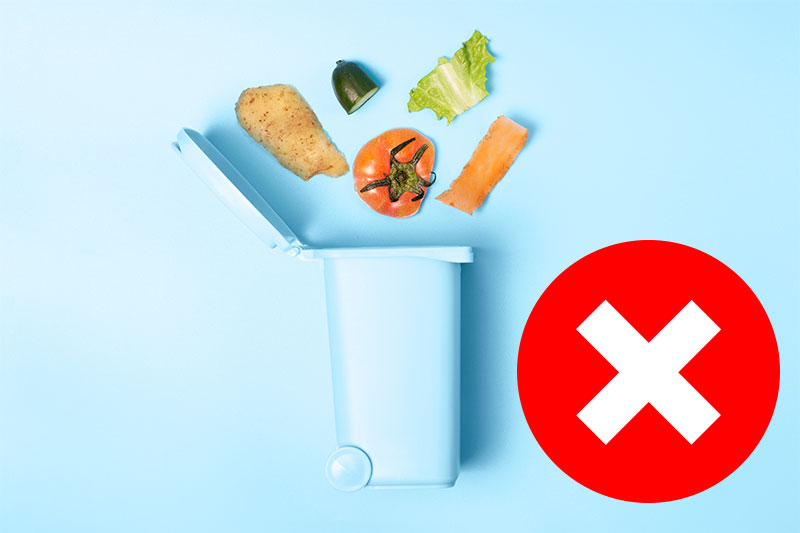
Here’s a list of 14 food parts you should never throw in the garbage, but there’s more, lots more, so take these as inspiration and start reducing your waste today.
The best part? You’ll find many of these tips handy, and they’ll save you tons of money.
Carrot Tops
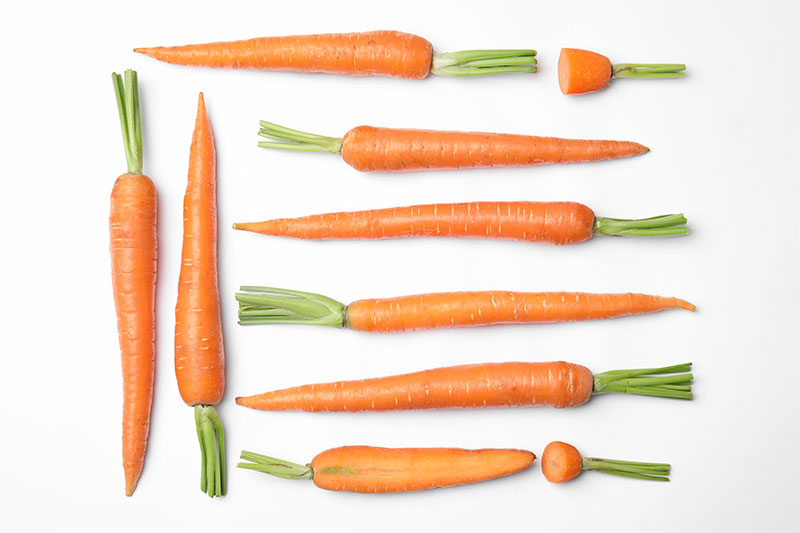
Carrot tops are edible, and they look beautiful on salads. The thin green leaves are excellent sources of vitamins and minerals and have a particular, fresh taste hard to describe. At the end of the day, they’re edible greens, and you can use them any way you’d use any other edible plant.
We’re not over yet, burry carrot tops and get new carrots every season, it works even in a small pots with appropriately damp earth. Carrots are very resistant and the best way to start your backyard food factory.
Citrus Peels
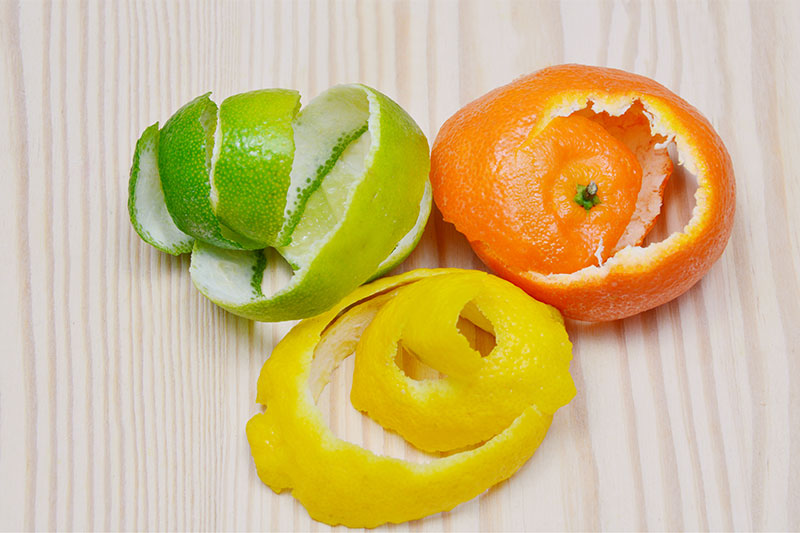
Citrus peels are very useful, although citrus fruits are tasty and great for your health (for the fiber and vitamin C), all the aromatic oils are in the peels.
Grate your citrus peels over soups and salads for a zesty flavor or place them in a jar to automatize your fridge or closet. You can also macerate them in olive oil to make an enticing summer-scented dressing or use those colorful peels to garnish cocktails. There’s no excuse, use citrus peels creatively.
Carrot Peels
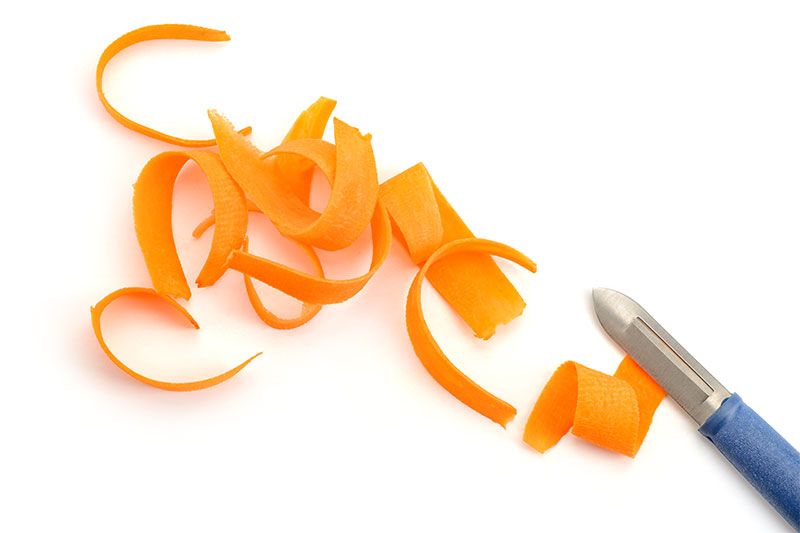
Talking about carrots, the peels are beneficial too. Deep-fried, they make crunchy carrot chips; they give lots of flavor to stews and become irresistibly soft in stir-fries. Carrot peels have a place in breakfast too; blend them with your smoothies for extra carotene, vitamin A, K, and fiber.
Lettuce Stumps
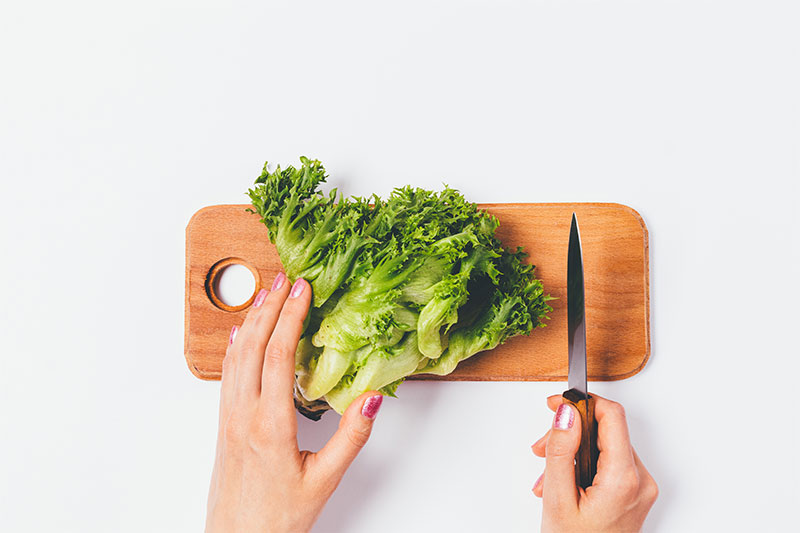
Lettuce stumps are another excellent addition to your vegetable garden. Place the stumps in water until roots develop and plant them in fertile earth. You’ll be cultivating your lettuces faster than you think. If you’re not a gardening kind of person, you can still use lettuce stumps by blending them with other greens and orange juice for a healthy green juice.
Watermelon Seeds
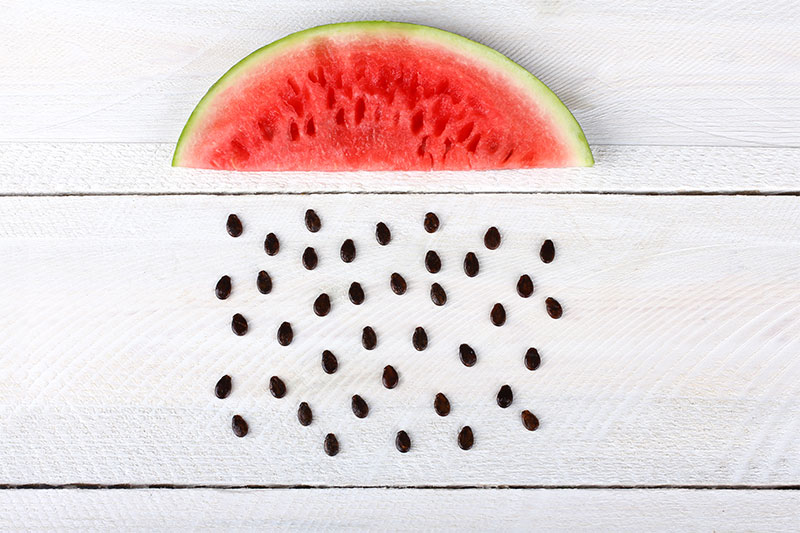
Watermelon seeds are often discarded, there seems to be no use for them, but pat them dry and roast them with a drizzle of olive oil and salt; they’ll be your new favorite crunchy salad topping. Watermelon seeds have lots of fiber and minerals, so they’re not only pretty, they’re good for you.
Potato Peels

Potatoes are versatile; they can give body to a stew and to be the perfect companion for burgers and battered fish. Potato peels, though, are widely discriminated against. It doesn’t have to be this way; potato peels are useful if you know what you’re doing.
First, let us tell you that you can eat them. There’s no honest reason to peel potatoes for any dish, not even fries. If you peel your potatoes, then consider eating the peels too. Fried, they make delicious snacks, and if peeled carefully, you can stuff them with heavy cream and pop them in the oven for a decadent midnight snack.
Mushrooms Stems
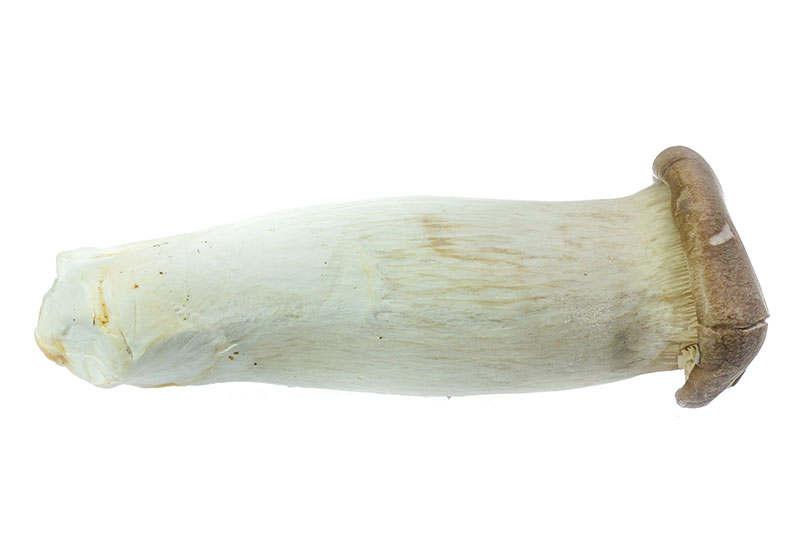
Mushroom stems are not as pretty as the tiny round tops, but they’re as nutritious as mushroom tops. Mushrooms are packed with antioxidants, vitamins, potassium, and copper, and they add very little calories to your diet.
Use mushroom stems in stews and soups, sauté them to go with your steak, or blend them with cream and butter for a delectable mushroom sauce.
Eggshells and Cartons

Eggshells have lots of calcium; they’re pure calcium, actually. Although hard to add to your diet, they’re excellent for your garden plants, pulverize them, and dust away, you’ll see your plants happier than ever. Egg cartons have another gardening-inspired use — They’re ideal for germinating seeds.
Herb Stems
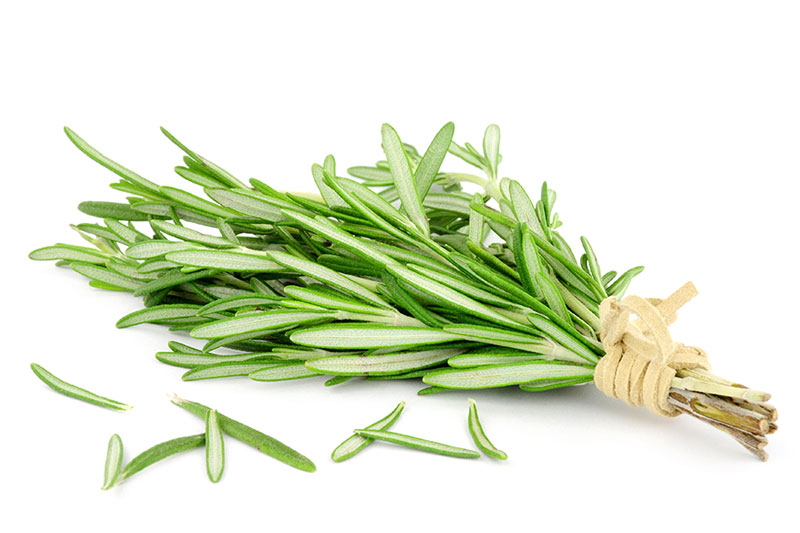
We love aromatic herbs because they give flavor and enticing smells to our food, but we’re using them all wrong. Herb stems are as flavorful and fragrant as the leaves. We’re talking about basil, coriander, parsley, and any other herb with a tender stem. Add both, stems and leaves, to your soups and sauces, and you’ll even save some of money.
Meat Bones
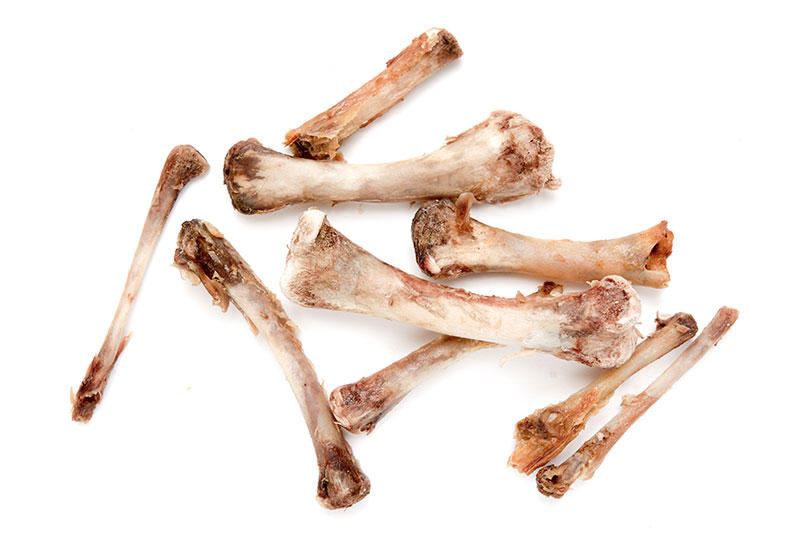
Meat bones from beef pork or chicken (and even fish) are fabulous to make stock. Add the bones to a pot of boiling water with vegetables and aromatic herbs and let it simmer. The bones will release fat and flavor, impregnating the broth beautifully. Homemade stock is much better than store-bought, and there are plenty of recipes for it. Give bones an opportunity and make yourself a heartwarming stew.
Stale Bread
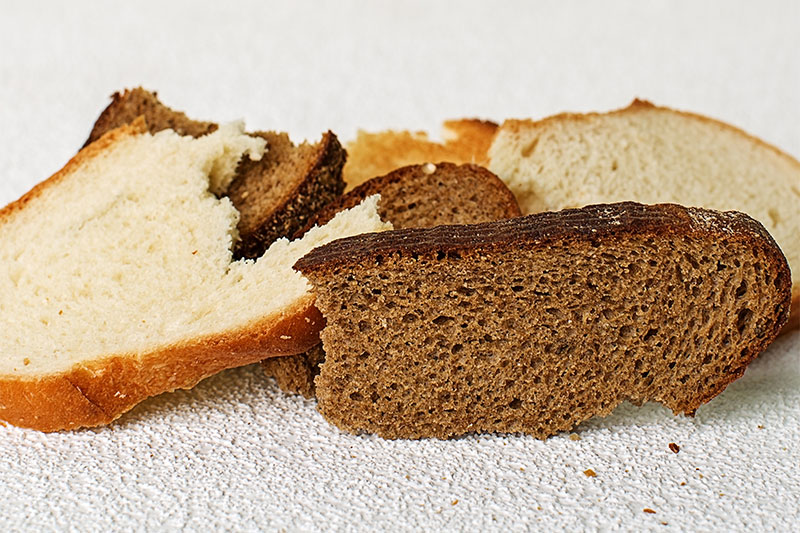
Stale bread is no longer suitable to make sandwiches or French toast, but before tossing it away, try reviving it by dipping it in water and heating it in the oven. If that doesn’t work, there are still things to do with it.
Stale bread is incredibly useful if you grate or blend it. You can use the breadcrumbs to coat shrimp or pork cutlets. You can also grill stale bread for some mean bruschetta or make your own salad croutons with it.
Spent Ground Coffee
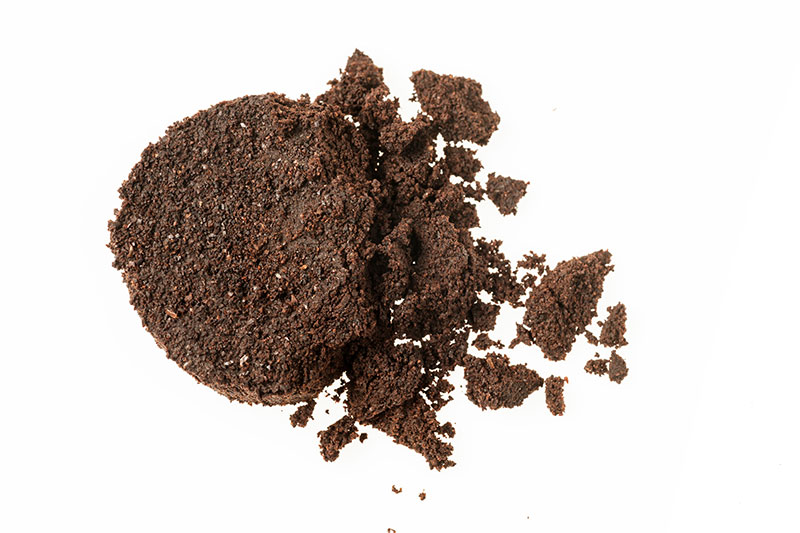
Tons of spent ground coffee gets tossed every day, but the gritty, dark earth-like grains have many uses. Mix them with coconut oil for an all-natural exfoliating scrub or use them as compost. Add spent coffee to your plants to keep insects at bay or fill small cloth bags with it to neutralize odors. You can make aromatic candles with it too — and sell them on eBay.
Cooking Oil
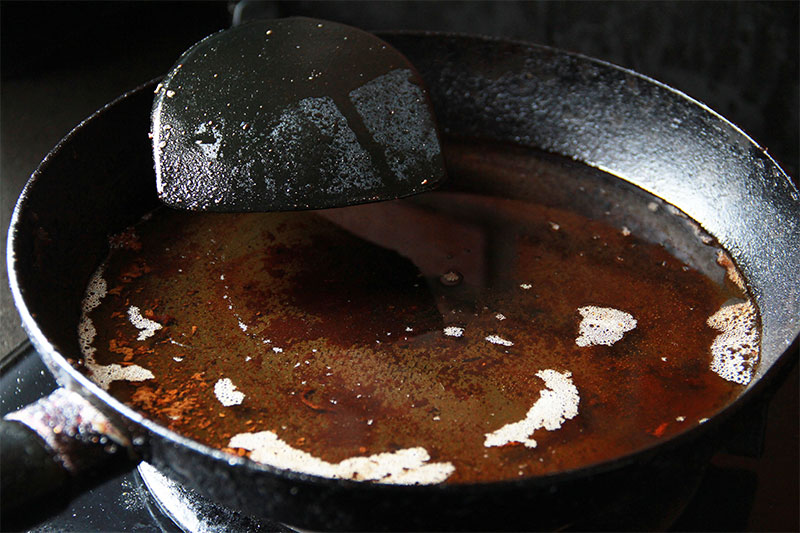
Let’s start with the basics. Used cooking oil is terrible for the environment. First of all, you can reuse cooking oil at least twice as long as it doesn’t smell rancid or releases too much smoke when heated. If you’re done with it, let it cool and pour it in a disposable plastic bottle. Then you can hand it to the trash people, not before letting them know about it.
Banana Peels
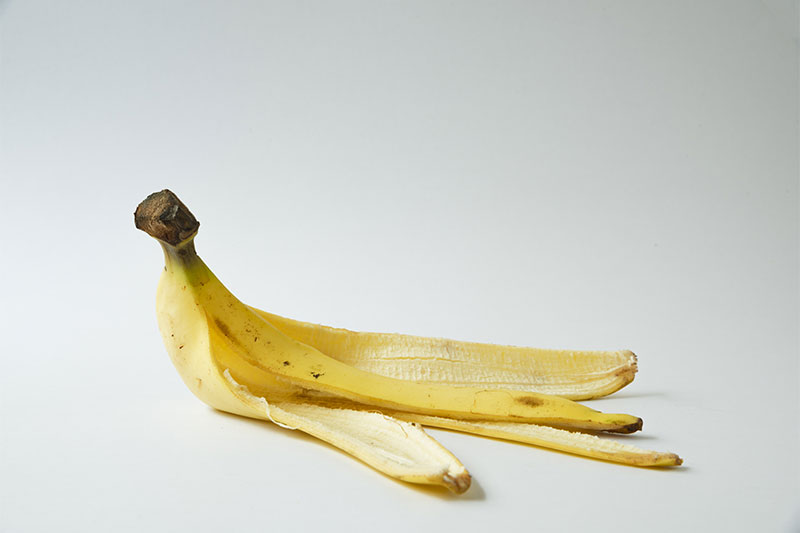
Banana peels can be quite useful too. They’re great for your compost, but they can clean your skin too, as they reduce inflammation and prevent the formation of pimples. It’s carotenoids and lutein in banana peels which seem to have skin restoration properties, so try them and rub your skin with them a few times a week.
Talking About Reusing and Recycling!
As you see, everything can be reused one way or another, so there’s no need to throw it all to the trash. You’ll feel good about yourself once you release your creativity, and you’ll not only be saving money, you’ll help save the planet.
Before you throw anything out, think about what other uses you can give to it!


